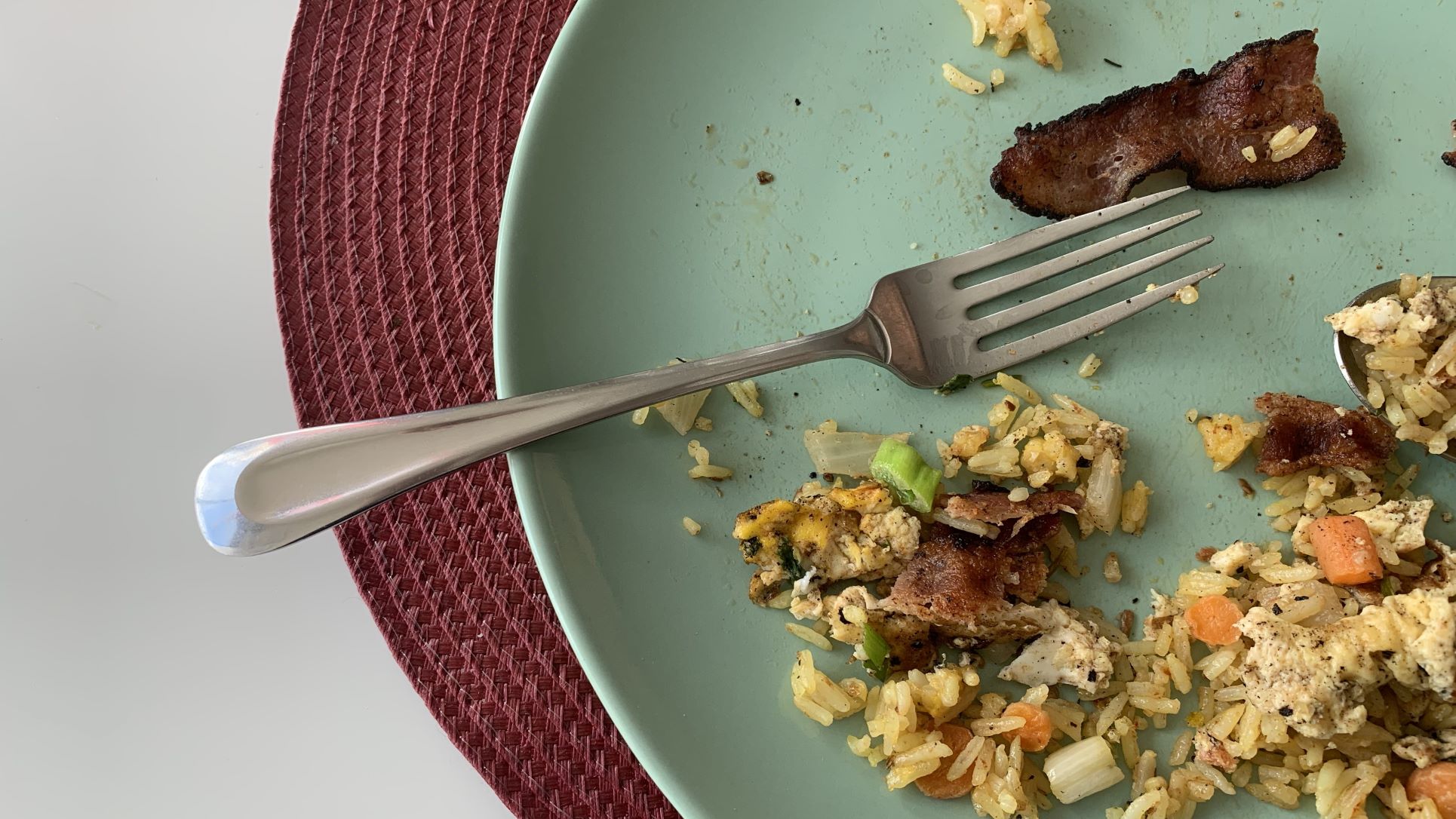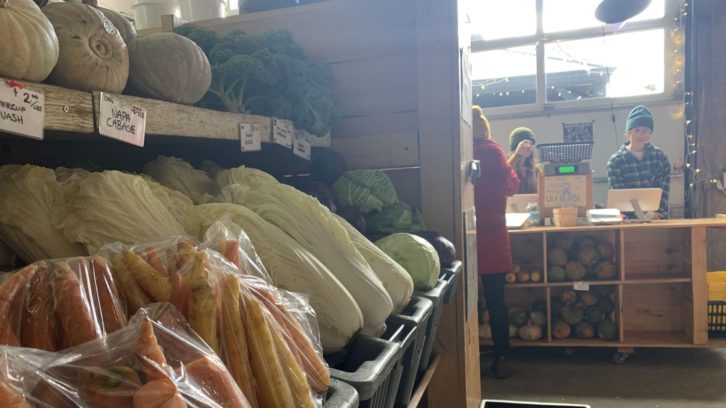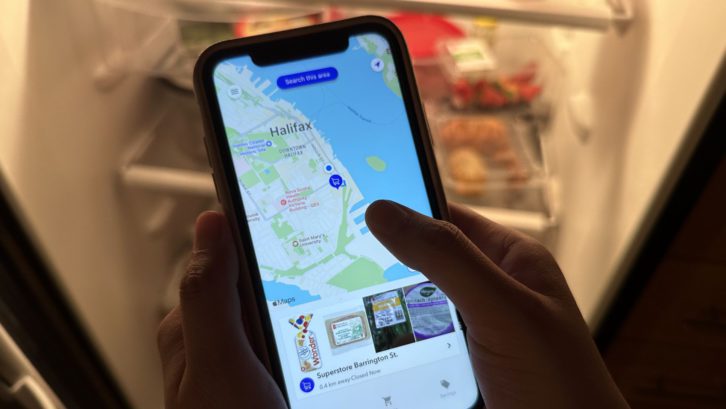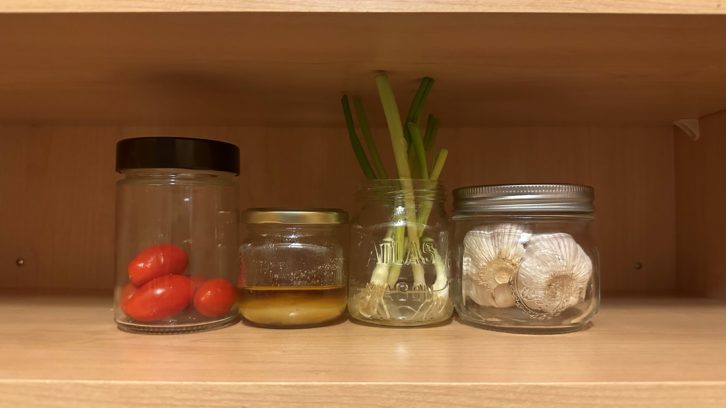Food waste: How Halifax organizations reduce and upcycle
Changing how surplus produce is handled could reduce food insecurity, say experts

caption
32% of all food waste is edible and could still be consumed, according to a 2021 study by Second Harvest.Behind every bowl of salad is a pile of greens that were lost or wasted during the journey from farm to fridge.
Nearly 60 per cent of food manufactured in Canada is lost or wasted during production, according to a 2019 study by Canadian food rescue organization Second Harvest.
The study also finds about 32 per cent of that food is still viable for human consumption.
Kathleen Kevany, an associate professor at Dalhousie University who researches sustainable food systems, said that waste has an impact on the environment and the economy, creating unstable resources in the long term. Related stories
If people “eat more sustainably, they save money, they save resources all along the chain,” she said.
“They’re reducing the emissions which makes the weather patterns less destabilized, which means we can plant more food and we can have confidence that we’ll be able to harvest that food which means we’ll have greater food supply, which means the price of food could come down.”
In addition, a 2014 assessment by the Halifax Food Policy Alliance (HFPA) reported that one in five households in Halifax were food insecure.
Now, local organizations in the area are working to redirect surplus food toward the people who need it most — and encouraging people to reduce waste at home.

caption
Abundant Acres sells ‘reject’ produce from farms at affordable prices, keeping them out of landfills.At the farming and production level:
- Organic farm Abundant Acres in Centre Burlington sells discount ‘surplus boxes’ from the Warehouse Market on Isleville Street in Halifax.
- Operating out of St. Mary’s University, Square Roots connects surplus bundles from local farms with families in need.
- The Station Food Hub in Newport Station partners with food distributor Gordon Food Services to upcycle surplus produce into healthy, ready-made meals for hospitals and schools across the province.
“There’s been a lot of lost food production in Nova Scotia over the decades,” said Rebecca Tran, one of The Station’s co-owners.
“And we’re bringing in a lot of products here that we are currently growing, but they’re just not being served in our public institutions. In addition to that, there were all these challenges around, like why wasn’t local food being served in institutions? So we thought we’d fit into that kind of area.”

caption
Apps like FlashFood help put buyers in reach of discounted products nearing their best before date.At the business level:
- Second Harvest provides resources to businesses of all sizes to help them create a surplus donation plan, including the Second Harvest Food Rescue App. Organizations that benefit include Parker Street Food & Furniture Bank, Spencer House Seniors Centre, and Out Of The Cold Community Association, all located in Halifax.
- FlashFood: This app allows you to shop for discounted food that is close to its best before date. Halifax partners include Superstores on Barrington Street and Quinpool Road.
At the government level:
“The reality of the food system in which we live is very complex, very connected,” Kevany said. “So we need strategy, planning around preventing food waste, with governments proactively supporting policies to reduce waste.” She suggests the following measures:
- Food wastage penalties for businesses and retailers.
- Tax relief for farmers, such as offering a donation tax receipt for giving away surplus produce.
- Investment in research to ensure that there’s a use for every part of every type of product.

caption
Learning how to repurpose extra ingredients is one way people can reduce food waste.At the household level:
Mike Hardy is Second Harvest’s director for the Maritimes. He encourages people to examine their consumption habits.
“What are we buying, how is it fitting into our meal planning for the week?” he said.
“Can you prepare in bulk, can you repurpose things, or can you tweak the recipe so you have some of that produce left over for breakfast the next day?”
Here are some of his tips:
- Buy local, if you can.
- Be creative with surplus ingredients so you’re using each product to its very last.
- Talk with your household members about meal planning – and that includes a plan to donate extras to a community fridge or food bank.
- Practice proper food storage habits so products last longer.
About the author
Sabine Antigua
Sabine Antigua was born and raised in Manila, Philippines and previously lived in Sydney, Australia before pursuing the one-year Bachelor of...
